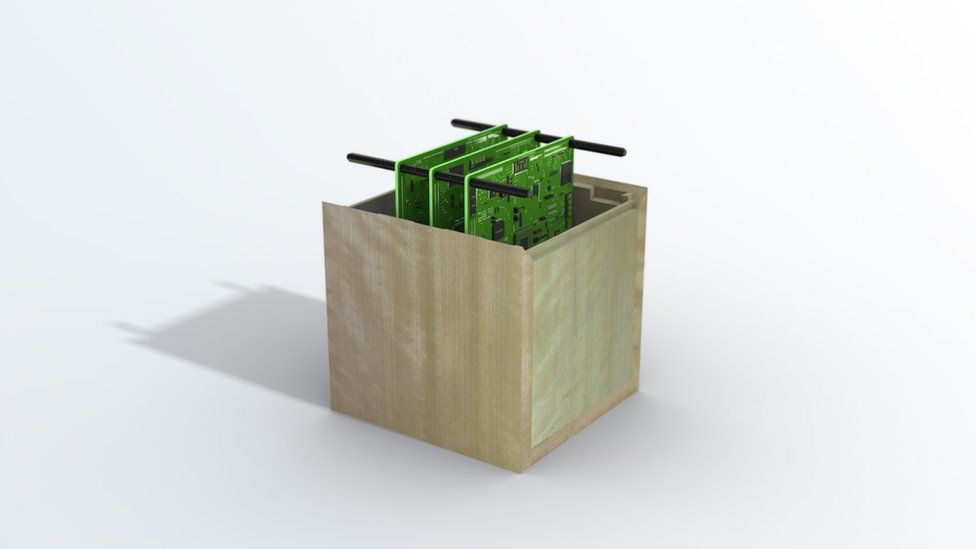
World first Wooden Satellite gets Green Light
Share
In an audacious stride towards sustainable space exploration, NASA and the Japan Aerospace Exploration Agency (JAXA) are poised to make history with the launch of the world's first wooden satellite, LignoSat. Set to gracefully orbit Earth by the summer of 2024, this coffee mug-sized satellite is a testament to innovative thinking in an era where environmental consciousness is paramount.
Crafted from magnolia wood, LignoSat stands as a symbol of the quest for eco-friendly solutions in the cosmos. Unlike its metallic counterparts, wood offers a remarkable advantage in space. It defies the threat of combustion and decay in the lifeless vacuum, providing a novel and surprisingly practical solution to the enduring challenge of space debris.

The magnolia wood LignoSat is an attempt to make space junk biodegradable. NASA and Japan's space agency (JAXA) could launch it as soon as 2024.
The uniqueness of LignoSat lies not just in its material but also in its end-of-life journey. Upon reentry into Earth's atmosphere, the wooden satellite elegantly transforms into a fine ash, leaving no lasting impact on the environment. This biodegradable quality is a significant departure from traditional satellites, which often contribute to the growing issue of space junk.
The decision to fashion LignoSat from magnolia wood was the outcome of meticulous testing aboard the International Space Station (ISS). The scientists' statement in May revealed the exceptional resilience of magnolia wood after ten months of exposure to the harsh space environment. It remained steadfast, showing no signs of deformation, cracking, warping, or surface damage. The wood's ability to withstand the rigours of outer space emerged as a promising characteristic for satellite construction.
Moreover, the deliberate choice of magnolia over other wood types was motivated by its suitability for the manufacturing process. Its robust nature proved pivotal in ensuring the structural integrity of the satellite, a crucial factor for the success of the mission.
As Earth's orbit grapples with over 9,300 tons (8,440 metric tons) of space objects, the traditional metal components of satellites contribute to light pollution, hindering astronomical observations. The reflective surfaces of these metal counterparts increase nighttime brightness by more than 10%, adversely impacting our view of the cosmos.
The introduction of wooden satellites like LignoSat signifies a transformative shift. Not only are they theoretically less harmful than space debris, but they also present an elegant solution to mitigate light pollution. Beyond these practical advantages, LignoSat embodies a shift towards sustainable practices in the aerospace industry. The mission stands as a beacon of innovation, demonstrating the fusion of cutting-edge technology with a profound respect for our celestial surroundings.
In embracing LignoSat, NASA and JAXA are not merely launching a satellite; they are heralding a new era in space exploration — an era where environmental considerations are at the forefront, and innovation knows no bounds. The LignoSat mission beckons us to reimagine our relationship with space, fostering a cleaner and more sustainable cosmic environment for generations to come.
You’ve come this far…
Why not venture a little further into A.S.S. - our exclusive Australian Space Society.
And keep thrusting Australia into the deep unknown…
#Space_Aus




